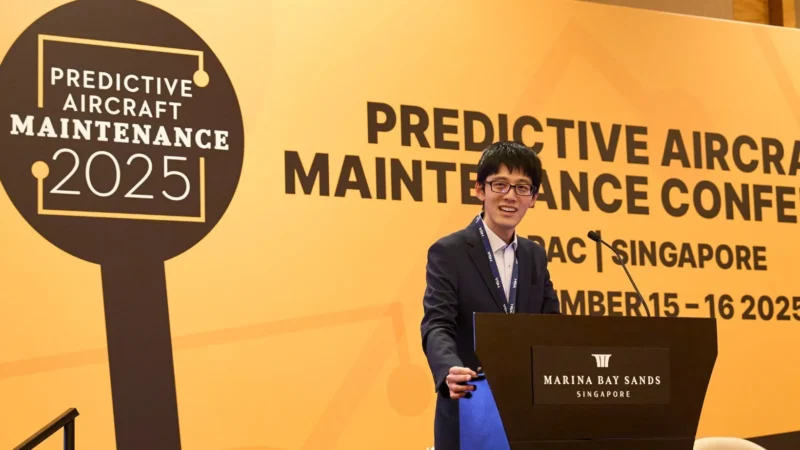PAM APAC: ANA confirms its commitment to furthering the use of predictive maintenance
Japanese flag carrier All Nippon Airlines (ANA) has confirmed its commitment to furthering the use of predictive maintenance in aviation by sharing insights from its in-house systems across the sector.
Speaking at the first APAC edition of MRO Management’s Predictive Aircraft Maintenance (PAM) Conference in Singapore, Sadanari Shigetomi, an assistant manager and data scientist at ANA, said the carrier had been developing its capabilities for the last two decades.
The airline operates a broad range of 278 aircraft and Shigetomi said predictive maintenance is playing an increasingly important role in supporting daily operations.
The carrier has been working to turn unplanned maintenance events into scheduled activity to optimise use of the fleet, reduce downtime and costs and manage labour resources.
“Of course, meeting this goal requires not only maintenance expertise, but also big data and advanced analytics,” Shigetomi said. “The shift towards predictive maintenance has been supported by big improvements, both in the volume and speed of available flight data.”
Shigetomi told delegates that ANA’s approach has evolved and become more sophisticated over the last 20 years as the amount of flight data available in real time has increased.
Having been the launch airline for the Boeing 787, it has developed in-house prognostics, evolving from onboard ACMS to on-ground flight data analytics using machine learning.
A system that used to take three days to retrieve flight data now takes just an hour after engine shutdown with three times the number of parameters – up to 3,000 – now available.
Looking to the future of predictive maintenance in aviation, Shigetomi said: “The key advantage of predictive maintenance is operational speed.
“In the fastest cases, we can deploy the model within about three months. Today, OEM and supply chain constraints can significantly slow down component modifications
“While improving hardware reliability is, of course, essential for airlines, we also believe it is equally important to fully leverage the advantage of speed offered by predictive maintenance.
Shigetomi set out ANA’s vision for the future of predictive maintenance which he said revolved around two key ambitions.
“First, we aim to further expand the use of aircraft data using digital twin approaches to make better use of information collected during operations.
“Second, we plan to actively collaborate with our partners, sharing insights from the aircraft operation to develop more accurate models and further improve operational efficiency.”
Shigetomi added: “For predictive maintenance to grow further we believe three things are especially important.
“The first is explainability of models. Many predicted maintenance solutions provide alerts as black boxes, so we cannot know why alerts are triggered, why health scores are increasing.
“Making them more transparent helps accelerate adoption by helping airline engineers understand the alerts.
“Second is the actionability of alerts. An alert only has value if the maintenance task can be completed within the available work window otherwise the alert loses its practical benefit.
“Third is allocation of resources. We need to ensure we have sufficient machines and personnel to utilise the flight data.
“We also need to continue to combine external success with our in-house analysis for more optimal use.
“Predictive maintenance requires strong collaboration and mutual understanding across the entire stakeholders.”
READ MORE NEWS: HAECO achieves milestone with 500th aircraft input for ANA
